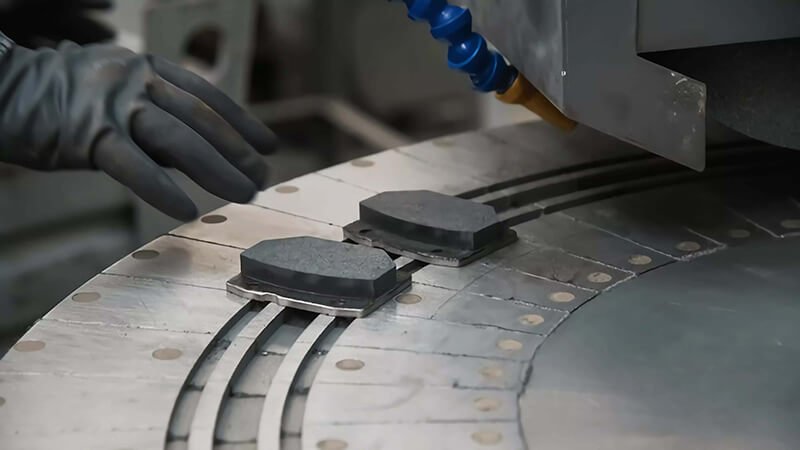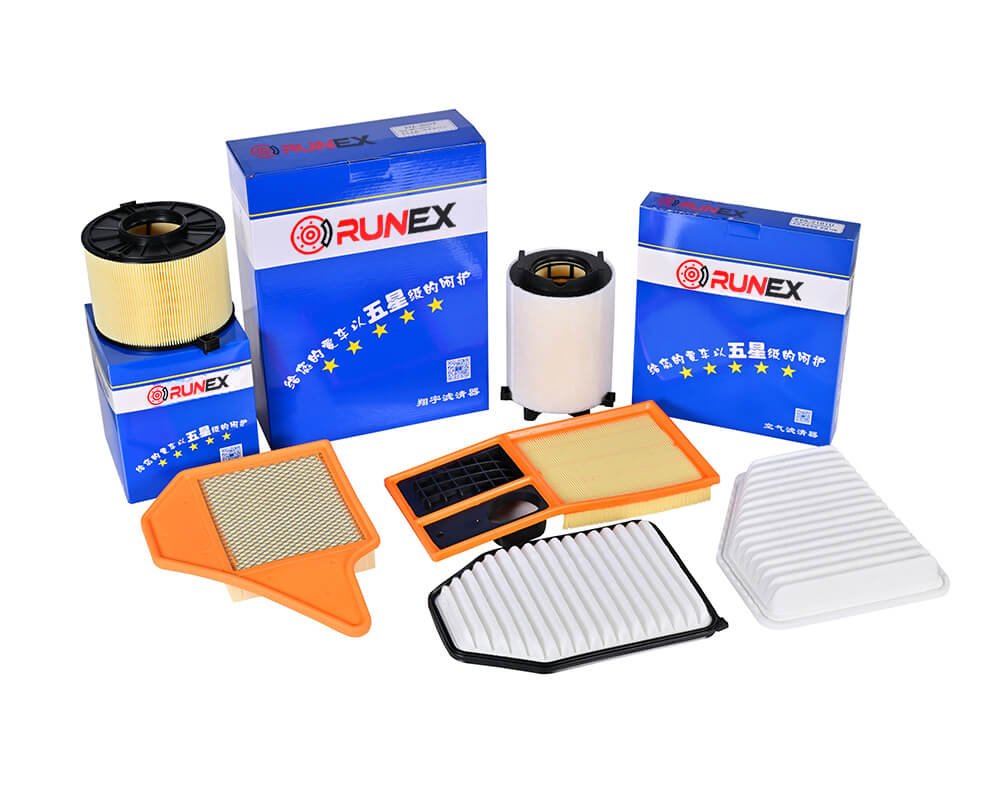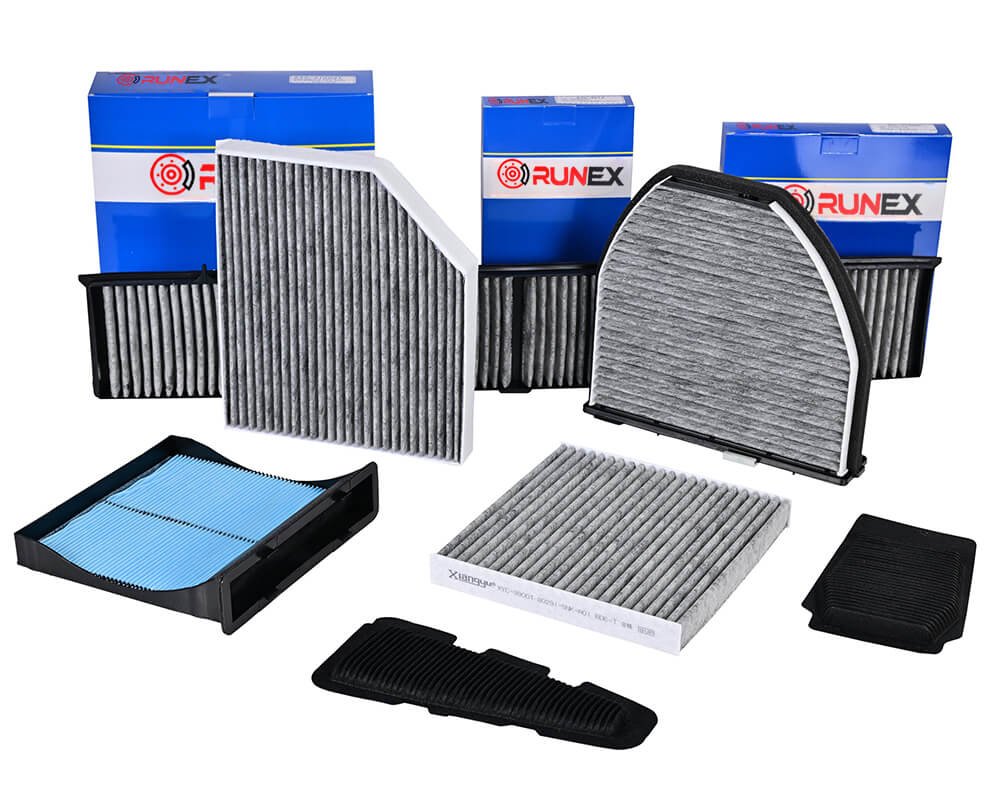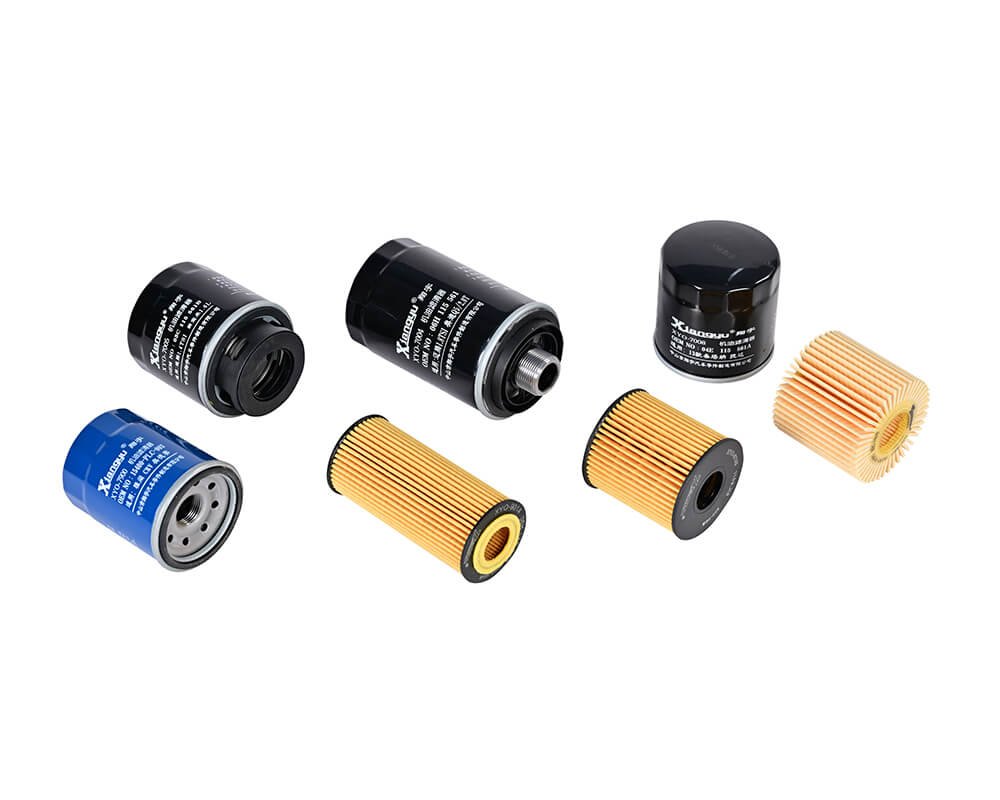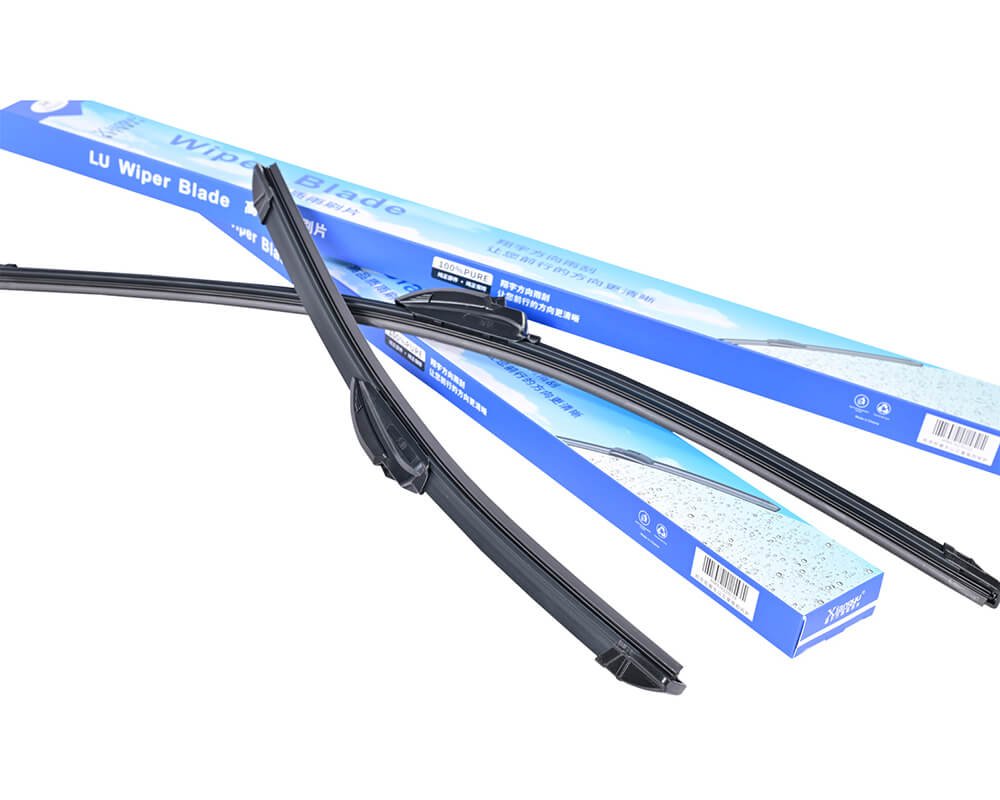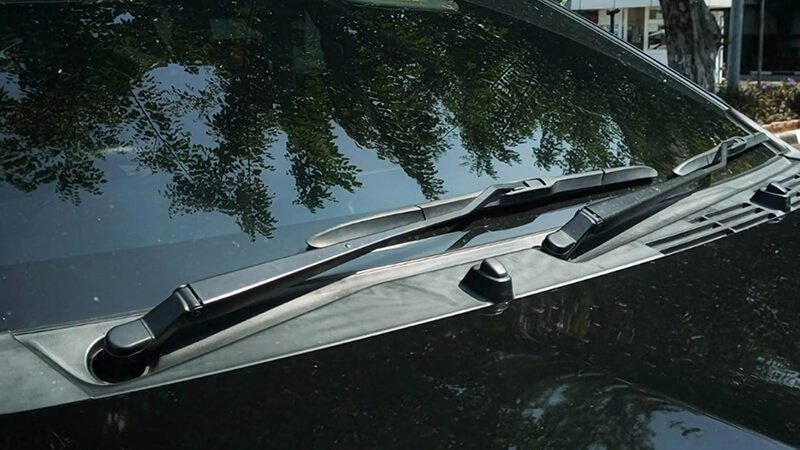Understanding brake pads is essential for maintaining your vehicle’s safety and performance. Whether you are replacing old pads or choosing new ones, this guide will help you make the right decision by breaking down the essentials.
This guide provides an in-depth look at the different types of brake pads, tips on extending their lifespan, and important signs to watch for when it’s time to replace them. It also answers whether you can handle the replacement yourself or if it's better to hire a professional.
Brake pads are a critical component of your vehicle's braking system. The choice of material, their lifespan, and when to replace them can all impact your vehicle’s safety and performance. Let’s explore these factors in detail, starting with the differences between organic, semi-metallic, and ceramic pads.
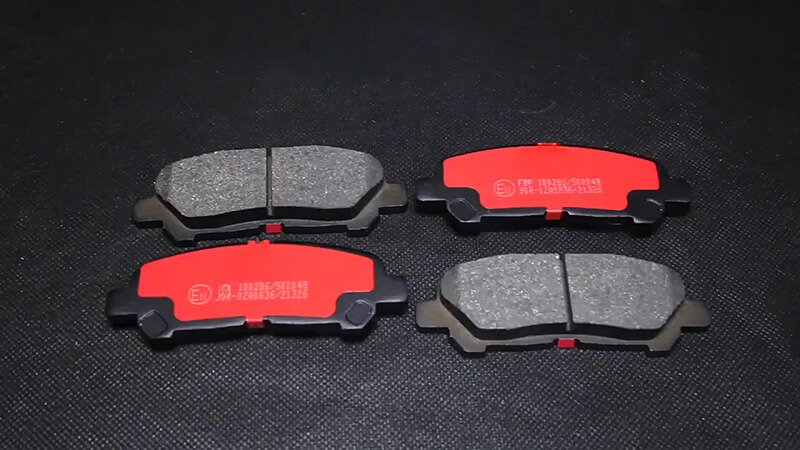
What are the main differences between organic, semi-metallic, and ceramic brake pads?
Not all brake pads are created equal. If you're wondering about the differences between organic, semi-metallic, and ceramic brake pads, you're not alone. Let’s dive into each type to understand their pros and cons.
Organic, semi-metallic, and ceramic brake pads each have unique characteristics that affect their performance. Organic brake pads1 are softer and quieter, semi-metallic brake pads2 offer better performance and durability, and ceramic brake pads are more durable and quiet, with less dust.
1. Organic Brake Pads
Organic brake pads are typically made from non-metallic materials like rubber, carbon, and Kevlar3. These pads are softer, which makes them quieter and gentler on your rotors. However, their softer composition means they wear out faster and generate more dust. Organic pads are ideal for drivers who use their vehicle in regular city driving conditions, where noise and comfort are priorities over performance. However, they aren't well-suited for heavy braking or high-performance driving, as they may not handle heat as well as other materials.
| Advantages: | Advantage | Description |
|---|---|---|
| Quieter braking | Produce less noise due to softer material. | |
| Smooth braking feel | Provide a more comfortable driving experience. | |
| Cost-effective | Cheaper compared to semi-metallic or ceramic. |
| Disadvantages: | Disadvantage | Description |
|---|---|---|
| Wear out faster | Tend to wear down quicker than other materials. | |
| More brake dust | Can produce more brake dust, which can dirty your wheels. | |
| Less heat resistance | Not suitable for high-performance driving conditions. |
2. Semi-Metallic Brake Pads
Semi-metallic pads are a blend of metals such as steel, iron, and copper mixed with organic components. These brake pads offer better heat dissipation, more durability, and can handle heavy-duty driving conditions better than organic pads. Semi-metallic pads are designed for high performance, providing excellent braking power, especially in extreme driving situations, such as towing or on hilly terrain. However, they tend to be noisier and may cause more rotor wear compared to organic and ceramic pads.
| Advantages: | Advantage | Description |
|---|---|---|
| Better heat dissipation | Can handle heat better during intense braking. | |
| Durability | Typically last longer than organic pads. | |
| Performance in heavy-duty driving | Ideal for towing or high-speed driving. |
| Disadvantages: | Disadvantage | Description |
|---|---|---|
| Noisier braking | Can cause more noise due to metal content. | |
| Rotor wear | More likely to cause increased rotor wear. | |
| More brake dust | Produce more dust, which can be unsightly. |
3. Ceramic Brake Pads
Ceramic brake pads are made of ceramic materials mixed with copper fibers. These pads are known for their excellent durability, quiet operation, and low dust production. They offer the best balance of performance, noise reduction, and comfort. Ceramic pads are often chosen by those who drive daily in suburban or urban environments where comfort and cleanliness are prioritized. These pads are more expensive, but their longevity and superior performance make them a great investment for drivers who want the best overall braking experience.
| Advantages: | Advantage | Description |
|---|---|---|
| Quiet operation | Produce less noise, providing a smooth driving experience. | |
| Low brake dust | Generate less brake dust, keeping wheels cleaner. | |
| Long-lasting | Have a longer lifespan compared to organic or semi-metallic pads. |
| Disadvantages: | Disadvantage | Description |
|---|---|---|
| Higher initial cost | Tend to be more expensive upfront. | |
| Performance under heavy loads | May not perform as well in extreme driving conditions like heavy towing. | |
| Can be stiffer | May feel less responsive in certain driving conditions. |
The choice of brake pads depends on your driving style, the vehicle's requirements, and your budget. While ceramic pads offer the best performance overall, semi-metallic pads are ideal for more demanding driving conditions, and organic pads offer a more affordable and quieter option for urban driving.
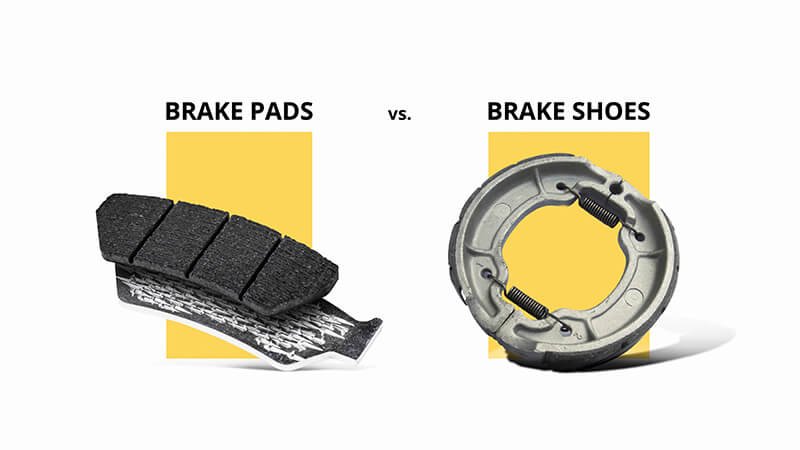
How can I extend the lifespan of my brake pads?
Brake pads are an investment in your vehicle's safety. Extending their lifespan can save you money and ensure reliable performance. But how can you make your brake pads last longer? Let’s explore some tips that can help.
Proper driving habits, regular maintenance, and timely repairs can extend the lifespan of your brake pads. Avoiding hard braking, regularly checking brake components, and using high-quality pads4 can help keep your braking system running smoothly for longer.
To extend the lifespan of your brake pads, you can implement several key habits and maintenance practices. Here’s a breakdown of the most effective ways to ensure your brake pads last longer:
1. Avoid Hard Braking
One of the simplest ways to extend the lifespan of your brake pads is to avoid unnecessary hard braking. Slamming on the brakes can create excessive heat, which wears out the pads faster. Instead, try to anticipate stops and brake gradually. This will not only protect your brake pads but also improve your overall driving experience.
Tip: Try coasting to a stop when possible, especially in low-speed driving conditions. This minimizes stress on the brake pads.
2. Drive Smoothly and Maintain Safe Following Distance
Maintaining a safe distance from the vehicle in front of you allows you to brake more smoothly. By avoiding sudden stops or aggressive driving, you can reduce the stress on your brake pads. This is especially important in city traffic where frequent stop-and-go driving can accelerate pad wear.
| Action | Benefit |
|---|---|
| Drive smoothly | Reduces heat buildup, extending pad life. |
| Maintain a safe distance | Minimizes frequent hard braking. |
3. Regularly Inspect Your Brake System
Scheduled brake maintenance can significantly extend the life of your brake pads. Regular inspections help detect any issues early on, ensuring you address them before they cause more damage. Make sure to check the brake fluid and rotor condition alongside the pads to ensure your braking system works efficiently.
4. Use Quality Brake Pads
Investing in high-quality brake pads can make a big difference in how long they last. While cheaper pads may save you money upfront, they may wear out more quickly and require more frequent replacements. Quality pads, although more expensive, provide better performance and durability, giving you a better return on your investment over time.
By following these simple tips, you can keep your brake pads in top condition for longer, saving money and ensuring your safety on the road.
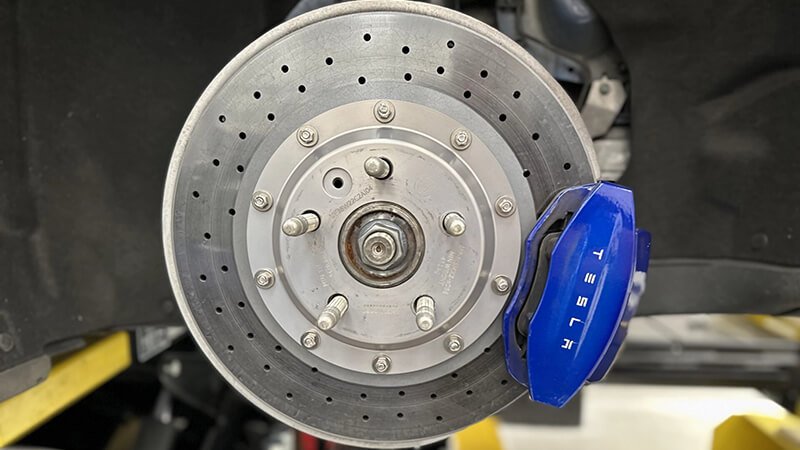
What are the warning signs that my brake pads need replacement?
Brake pads wear out over time, and it’s important to recognize the warning signs that indicate it’s time for a replacement. But how can you tell when they need attention? Let's look at the most common signs.
If you hear squeaking5, experience poor braking performance, or feel vibrations when stopping, it’s time to check your brake pads. These are clear signs that the pads are worn and need replacement to maintain your vehicle's safety.
Recognizing the warning signs that your brake pads need replacement is crucial for your safety. Worn-out brake pads can lead to longer stopping distances, reduced braking power, and even damage to other components of the braking system. Here are the main indicators that it’s time for new pads:
1. Squeaking or Squealing Noises
One of the first signs of worn brake pads is squeaking or squealing when you apply the brakes. Many brake pads are equipped with built-in wear indicators that create a high-pitched sound when the pads are worn down. While this sound can be annoying, it’s an early warning that it’s time to inspect the pads and possibly replace them.
| Indicator | What It Means |
|---|---|
| Squeaking or squealing | Wear indicator activated, time to inspect. |
| Grinding sound | Pads are completely worn, and the metal backing is touching the rotor. Immediate replacement needed. |
2. Reduced Braking Performance
If you notice a decrease in braking performance, such as longer stopping distances or the vehicle taking longer to slow down, your brake pads could be worn out. This is especially noticeable when driving at higher speeds or in emergency situations. If your vehicle doesn’t stop as quickly as it used to, it’s important to have your brake pads checked and replaced if necessary.
3. Vibrations or Pulsing
Vibrations or pulsing in the brake pedal when applying the brakes can also be a sign of worn brake pads or warped rotors. This usually happens when the brake pads have worn unevenly, causing them to lose contact with the rotor in a consistent pattern. If you feel any unusual vibrations, it’s best to have the brake system inspected right away.
4. Visual Inspection
If you can visually inspect the brake pads through the wheel, you can check for signs of wear. Most pads have a wear indicator that shows how much of the pad is left. If the pad is thinner than a quarter of an inch, it’s time for a replacement.
By paying attention to these warning signs, you can ensure that your brake pads are replaced before they cause further damage to your vehicle.
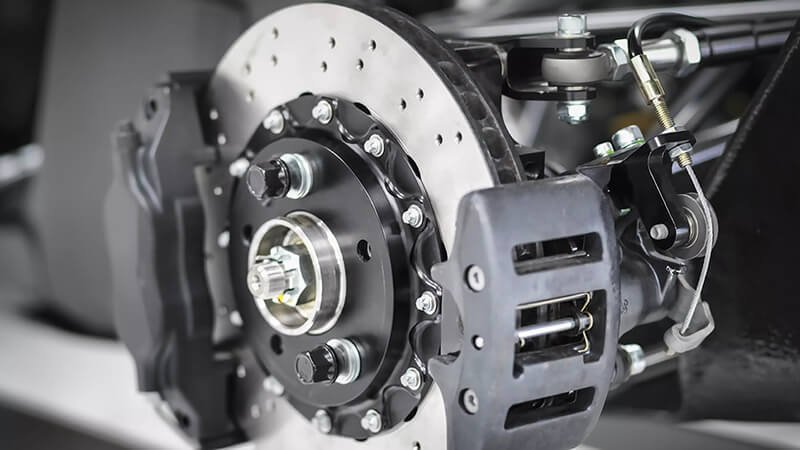
Conclusion
In conclusion, understanding your brake pads and how to maintain them is crucial for your safety and vehicle performance. By learning the differences between pad types, recognizing signs of wear, and inspecting them regularly, you can make informed decisions about replacements. Whether you choose to replace them yourself or consult a professional, keeping your brake pads in good condition ensures that your vehicle remains safe and reliable on the road.
-
This will give a detailed explanation of the materials used in organic brake pads and their effect on vehicle performance. ↩
-
This will provide an explanation of the characteristics of semi-metallic brake pads and how they compare to organic ones. ↩
-
Learn about Kevlar’s role in enhancing brake pad performance and durability. ↩
-
This will explain why using high-quality brake pads can extend their lifespan and improve safety. ↩
-
This will explain the causes of squeaking noises and their connection to brake pad wear. ↩

